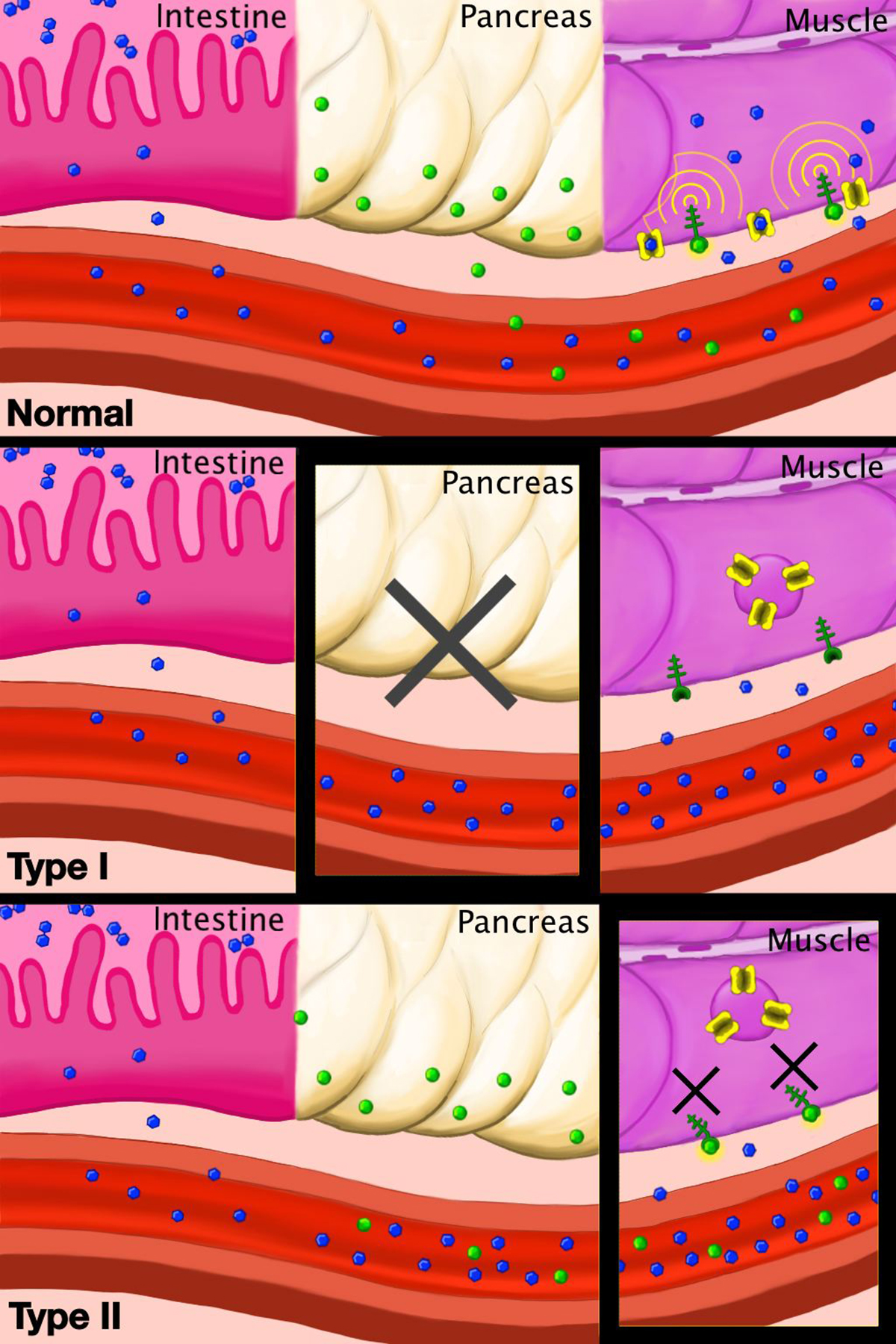
Type II diabetes
Diabetes mellitus is a type of metabolic illness that is characterized by hyperglycemia (increased levels of glucose in blood). This can happen because of defect in the insulin secretion or because insulin simply does not do what it should, though sometimes, both of these things happen. If not treated, this chronic illness leads to further complications, among which are dysfunction of certain organs, such as eyes, kidneys, nerves, heart, and blood vessels.
There are two forms of diabetes, type I and type II. Type I happens because beta cells in pancreas are destroyed so the amount of insulin created is greatly reduced. This type can lead to ketoacidosis and it often attacks people under the age of 30 and children. Type II occurs in people over the age of 40 and it is induced by decreased sensitivity of peripheral tissue to insulin. Obesity is one of the major contributing factors for diabetes type II and obesity form is also important. Central obesity form (increased fat and high waist/hip ratio) is more common for this illness, while this is not the case with peripheral obesity form, when the fat is accumulated on the extremities. It is proven that eating habits play a major role in inducing and also controlling diabetes type II. High amounts of fat and carbohydrates in meals easily lead into diabetes. Also, physical inactivity might be an etiological factor, but it can also be a cure for this illness because it greatly improves sensitivity of metabolic tissue to insulin.
How to deal with type II diabetes?
It is obvious that besides a doctor, a nutritionist is important when it comes to curing diabetes. First, daily energetic value of the food taken in has to be set, and it is done by knowing the ideal body mass and weight. 55 to 60 percent of the daily energy taken from food should be from carbohydrates,25 to 30 percent from fats, and the rest from proteins. Animal fats should be avoided, while sea food and fish oil are recommended because of the high values of omega 3 acids. Use of olive oil is also advised. Salt should be reduced, because many diabetes type II patients suffer from high blood pressure. Also, complex carbohydrates should be preferred and they can be found in food with diabetic fibers.
As mentioned before, physical activity is important. While exercising, depletion of glucose in peripheral metabolic tissue happens. Controlling blood glucose levels is of high importance, because sometimes strict diets and life regime might lead to low sugar level (hypoglycemia), which is dangerous in its own way. As for medications, their effects are increased when both diet and exercises are present. Meds also spend glucose and improve insulin sensitivity.Those are main goals in diabetes type II therapy, maintaining a proper glucose regulation, controlling lipid metabolism and blood pressure.



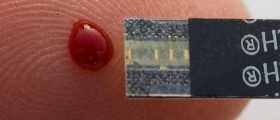
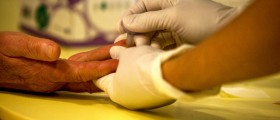
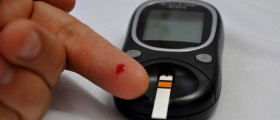
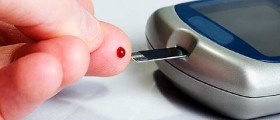



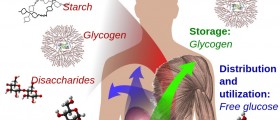
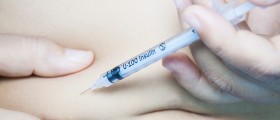





Your thoughts on this
Loading...